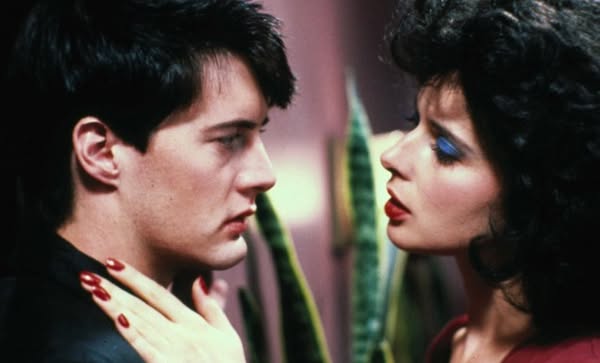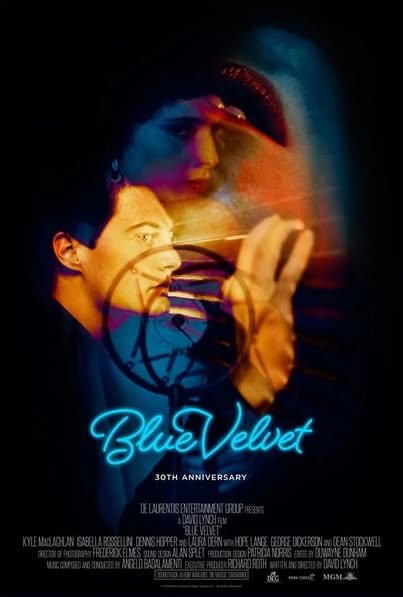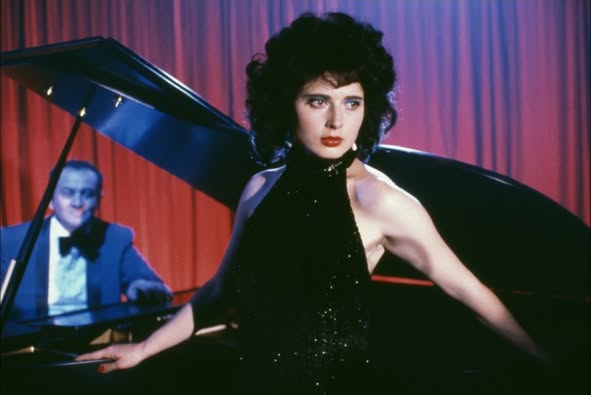Blue Velvet (1986)

Blue Velvet (1986), directed by David Lynch, is a landmark film that blends elements of mystery, psychological thriller, and surrealism. Renowned for its provocative themes and striking visual style, the film explores the duality of human nature and the hidden darkness lurking beneath the surface of suburban life.
The story begins when college student Jeffrey Beaumont (Kyle MacLachlan) returns to his hometown after his father’s hospitalization. While exploring the area, he discovers a severed ear in a field, leading him to investigate the mystery surrounding it. This quest draws him into the seedy underbelly of the seemingly idyllic town of Lumberton, where he encounters a cast of eccentric and disturbing characters, including the alluring singer Dorothy Vallens (Isabella Rossellini) and the sadistic criminal Frank Booth (Dennis Hopper).

Lynch’s direction creates a haunting atmosphere, using striking imagery and a meticulous sound design that heightens the film’s tension and surreal qualities. The juxtaposition of the idyllic small-town setting with the brutal realities of violence and obsession serves as a commentary on the darker aspects of American life. The film’s cinematography, marked by rich colors and stark contrasts, enhances this duality, drawing viewers into a world that is both familiar and unsettling.
The performances in Blue Velvet are particularly noteworthy. Kyle MacLachlan portrays Jeffrey with a sense of innocence that gradually gives way to a more complex understanding of the darkness he uncovers. Isabella Rossellini’s portrayal of Dorothy is both haunting and vulnerable, capturing the character’s tragic circumstances and emotional depth. Dennis Hopper delivers an unforgettable performance as Frank Booth, embodying a terrifying blend of charisma and menace that leaves a lasting impression.

The film delves into themes of voyeurism, sexuality, and the loss of innocence, challenging viewers to confront the complexities of human desire and the moral ambiguities that accompany it. Lynch’s exploration of the thin veneer of civilization that masks primal instincts resonates throughout the narrative, prompting introspection about the nature of good and evil.
Upon its release, Blue Velvet received mixed reviews but has since become a cult classic, celebrated for its bold storytelling and artistic ambition. It has influenced countless filmmakers and continues to be analyzed for its rich symbolism and psychological depth.

In summary, Blue Velvet is a provocative and visually stunning exploration of the darkness that lies beneath the surface of mundane life. With its compelling performances, striking cinematography, and complex themes, the film stands as a significant achievement in American cinema, inviting viewers to confront the unsettling realities of desire, power, and the human condition.











